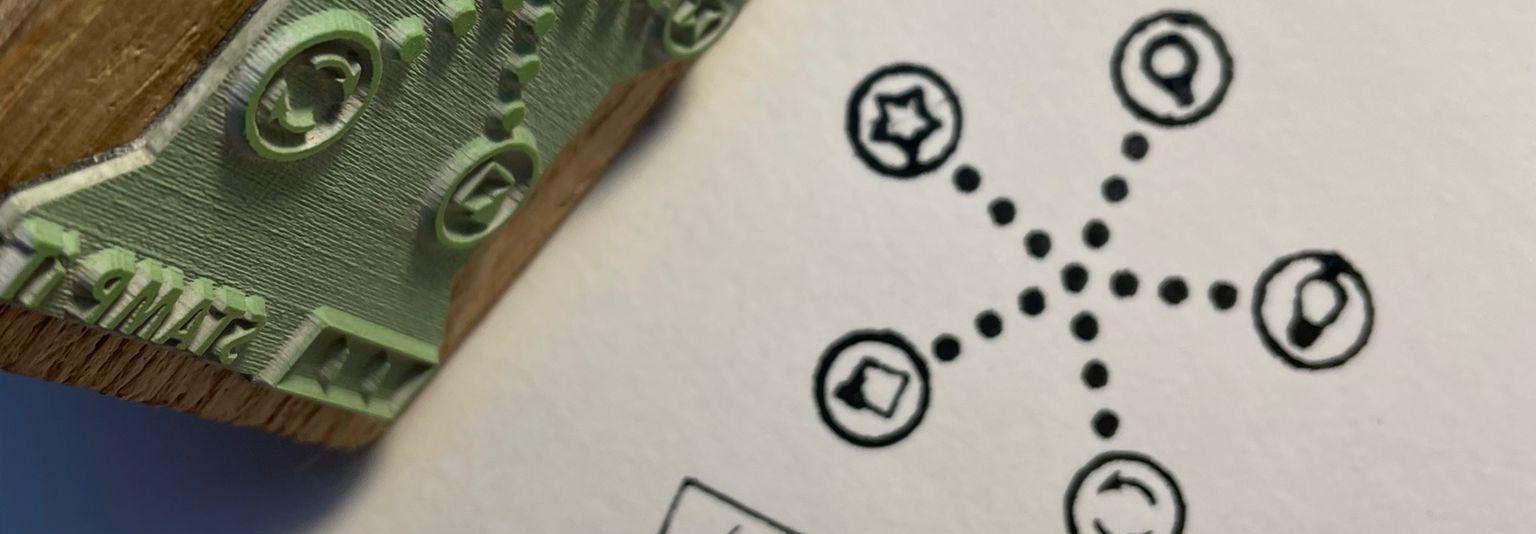
This week, I had the absolute pleasure of attending a meeting of those involved in the Daydream Believers … project? ...team? …initiative? movement? If you visit their website at https://daydreambelievers.co.uk/ (and you should) , it describes “a free, ready to use, online resource bank for educators that utilises creativity, critical thinking and problem-solving techniques applicable across the curriculum and beyond.” But that doesn’t really describe what they do, nor does it do justice to the gathering.
At the meeting were a group of educators and innovators, all evangelically enthusiastic about putting creativity at the heart of education and who believe that innovation and curiosity are key to unlocking the potential of the future workforce. Oh go on, raise that eyebrow. I know, you’ve heard it all before. I had heard it all before. But trust me, these folk are serious and deserve your attention.
Their mission is to increase creativity in schools, which they do by supporting a qualification created in collaboration with Edinburgh College, Edinburgh Napier University, Ellen MacArthur Foundation, Studio LR, and Acrylicize. Throughout the course, learners are encouraged to think differently, break the rules, fail, collaborate and generate creative, innovative solutions and ideas. Which is of course, exactly what employers and university admission departments are looking for.
The pupils (mostly S5/6) work on projects (playlists) involving circular fashion, creating a “Van of Dreams” and their own “Campaign for Kindness”. Although the course was clearly hugely enjoyable and of benefit to the pupils, it was the impact on the teachers that I found most striking, their enthusiasm clear even before they started speaking.
In one school they ran their own version of Task Master to challenge the pupils to think differently. Another described the impact on a pupil who had clearly flourished whilst she tailored her learning around her experiences of homelessness. Because this programme allows pupils to shape their work and creations around their own lived experience, the teachers really get to know their learners. What is important to them, what they believe and what they want to change.
The course is assessed of course, by a 5-point framework of broad learning outcomes mapped to the resources and assessment. It is not a series of facts the learner must memorise though, or checklists in which the pupils have to show competence. Instead, the marking system focusses on the process rather than the product, highlighting the importance of the learners’ journey and encouraging them to reflect on the strategies they have used to think creatively.
The pupils have to research and conceptualise ideas to show they understand what they have discovered, then ‘fail and fix’ as they test their ideas, communicate their ideas and evaluate their solutions. There is literally a stamp (see image) for the formative assessment and an app called Stellar to help ensure the summative assessment is simple and transparent, both for teachers and pupils. The qualification is moderated by Edinburgh College and levelled by Edinburgh Napier.
They also have a range of other free learning resources that can be used for pupils (and big kids).
It was striking, as I learned of the process and the impact, that although this entire initiative encouraged pupils to use their imagination, to dream the impossible, it was nevertheless, probably the most ‘real’ course they will encounter during their time at school. The skills they develop are what we need, what universities want, and allow the pupils to articulate what is important to them.
The ability to teach like this is what our teachers need. It’s a real way to connect with their pupils whilst at the same time supporting learning in a meaningful, impactful way.
Biology isn’t real. Geography isn’t real. They aren’t skills that employers are looking for, they are just a series of concepts and facts lumped into topic areas that we require pupils to know in order to pass an exam. I am a scientist by training (and at heart) and whilst I clearly understand that being creative in the lab can end in disaster, the history of science was full of fails and fixes. Of really bad ideas that worked, and great ideas that ended in tears. But there currently isn’t space for that in the curriculum due to the regimented training regime that is preparation for the exam.
The truth is that there is a lot in that exam that doesn’t need to be there. The exam probably doesn’t need to be there. There is a lot in every subject that really is not important in life, and whilst it might be interesting and useful if the pupil wants to study that area further at university, it won’t affect their life experience if they don’t encounter it again. (In some cases, it will actually improve their life experience if they never encounter it again.) Whereas having a meaningful discussion with a teacher about something real, whilst imagining an impossible solution, has impact.
We need to find the space between the ‘subjects’ for curriculum like this.
We all need to be Daydream Believers.
You know what? It’s a revolution. That’s what it is.